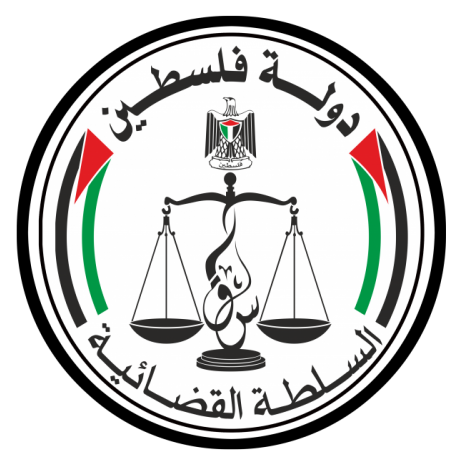

About


About the evolution of MIZAN
From Initial version to a Global Model
Over two decades, Mizan has evolved from its initial development in 2001 as a file management
system to a case management system, and finally to a comprehensive court management
system, establishing itself as a global model.
The journey of Mizan began in 2001 when the High Judicial Council (HJC)
decided to automate judicial processes. The initial version of Mizan was
developed and implemented across all regular courts. In 2009, the UNDP
introduced a new version of Mizan, MIZAN ||. In 2023, the expansion of the Mizan II model beyond regular courts to include family, military, administrative, and constitutional courts has opened the way for development of new version of Mizan, New MIZAN, This new version will integrate advanced technology and artificial intelligence (AI), setting a new standard in court management and further enhancing judicial efficiency and effectiveness.
Mizan between Dreams and Reality (2001- 2024)
Digitization: Addressing technology and early development (2001 - 2002)
In early 2001, The first version of MIZAN was developed and installed in the Ramallah Conciliation Court, marking the start of the HJC Information Technology revolution. This version was created for file archiving and case management specifically for the Conciliation Courts focused on electronic case registration, issuing notifications, and archiving documents and files related to the cases.
Digitalization: Development of MIZAN 1 for Case Management (2002 - 2009)
In 2006, MIZAN 1 was developed to meet the needs of all Palestinian courts, including civil, criminal, and enforcement cases, this version supported case registration, notification issuance, report generation, and electronic session minutes printing, the system was limited to court, and prosecution uses without any integration with related judicial bodies or different departments of the High Judicial Council.
Digital Transformation: Development of MIZAN 2 for Court and Prosecution Management (2009 - 2023)
A strategic vision was established to develop a new version of the case management program, called MIZAN 2, which provided interconnected services to judicial institutions and the relevant ministry, MIZAN was expanded to provide quick services to the public, lawyers, and various court departments, including notary services, enforcement departments, and family courts concerning marriage and divorce contracts.
New Generation of Mizan AI: Advancement to MIZAN 3 with Artificial Intelligence features (2023 - Present)
MIZAN 3 is under development to offer intelligent services using artificial intelligence. This version involves analyzing vast amounts of data and linking it with legal information to implement concepts such as predicting optimal case duration, assessing risks based on court data and crime distribution, self-verifying documents, and providing legal advice, especially for cassation court cases.

Features That Set Us Apart
Mizan Court ManagementBest Practices



